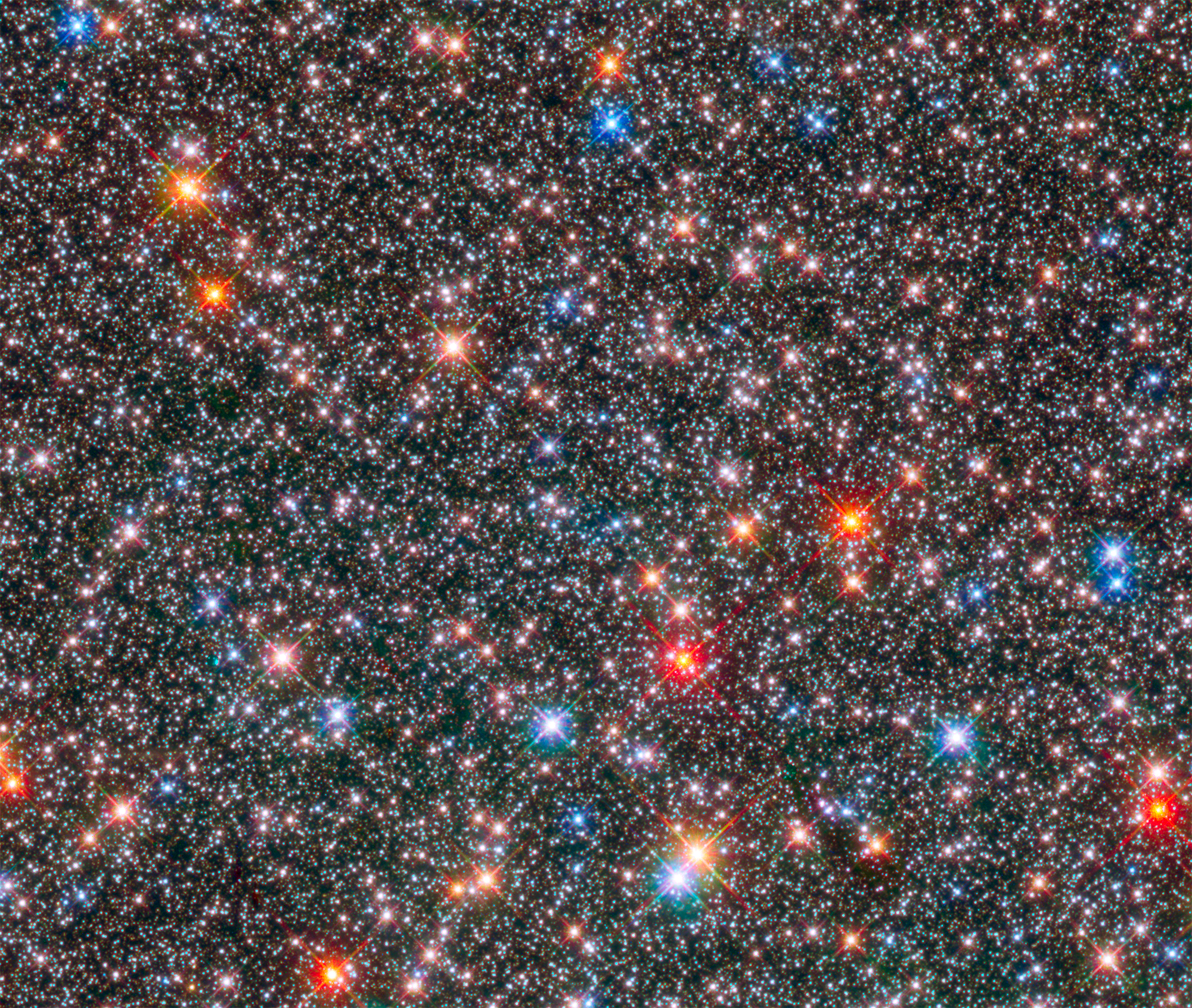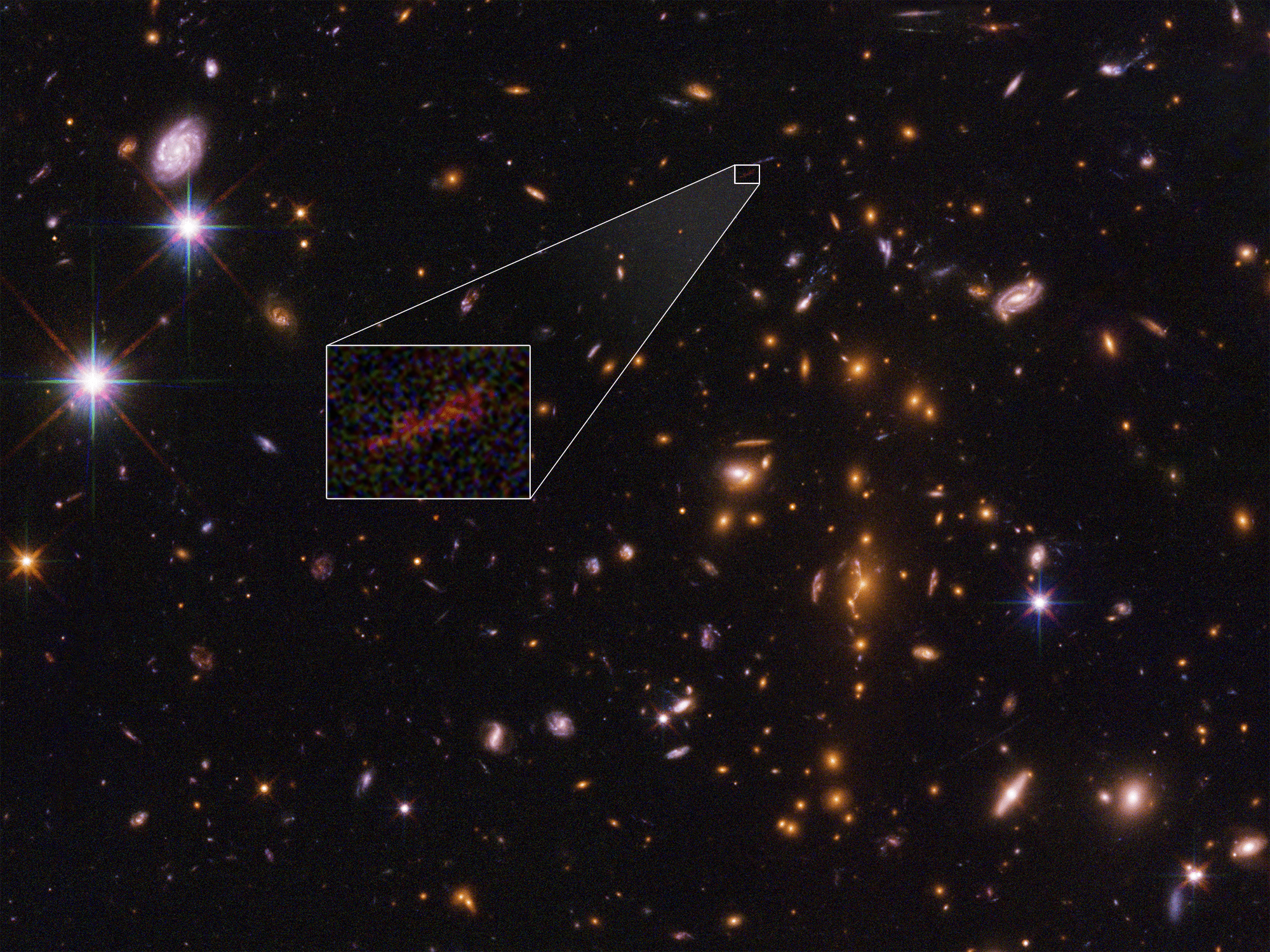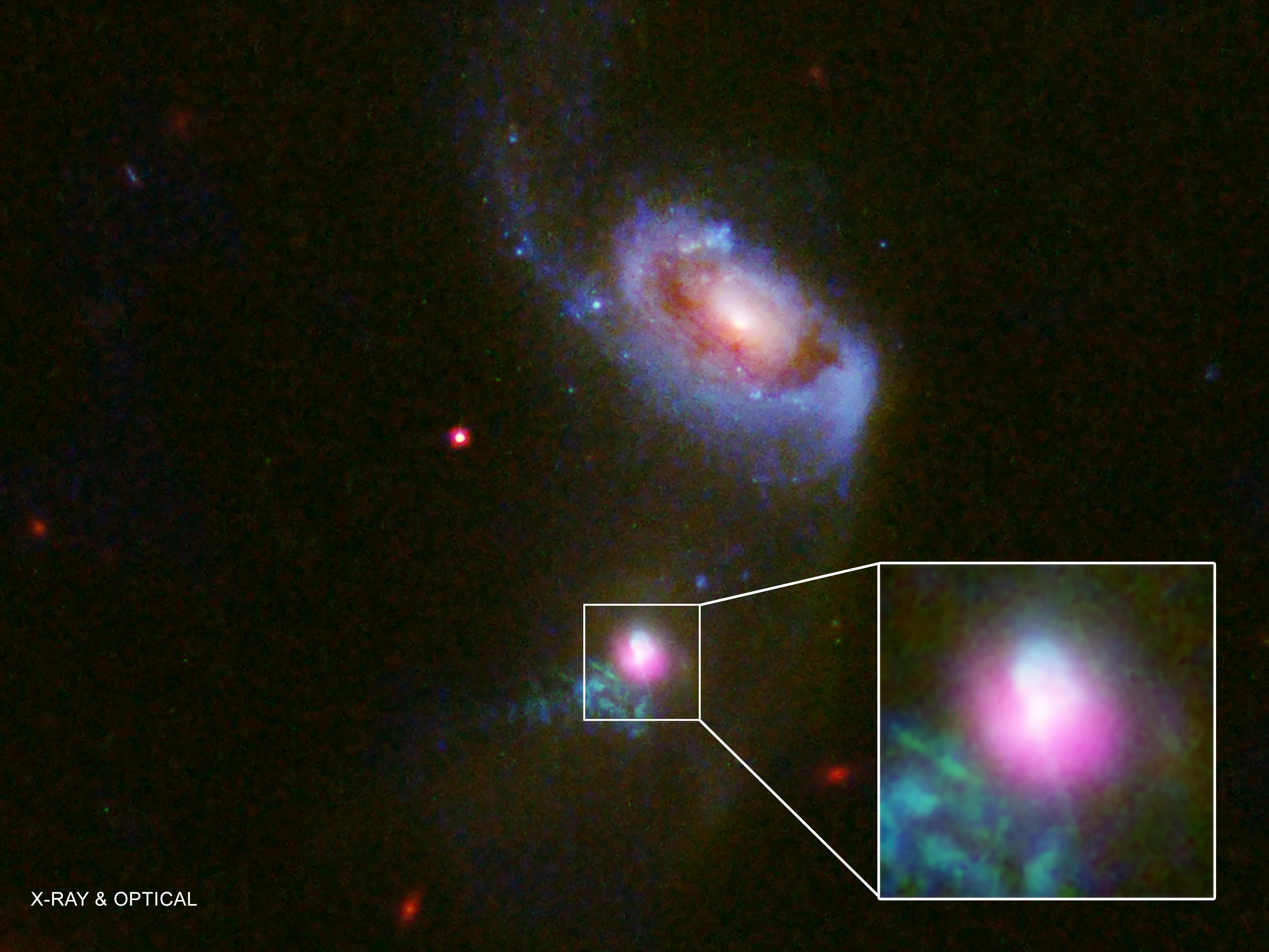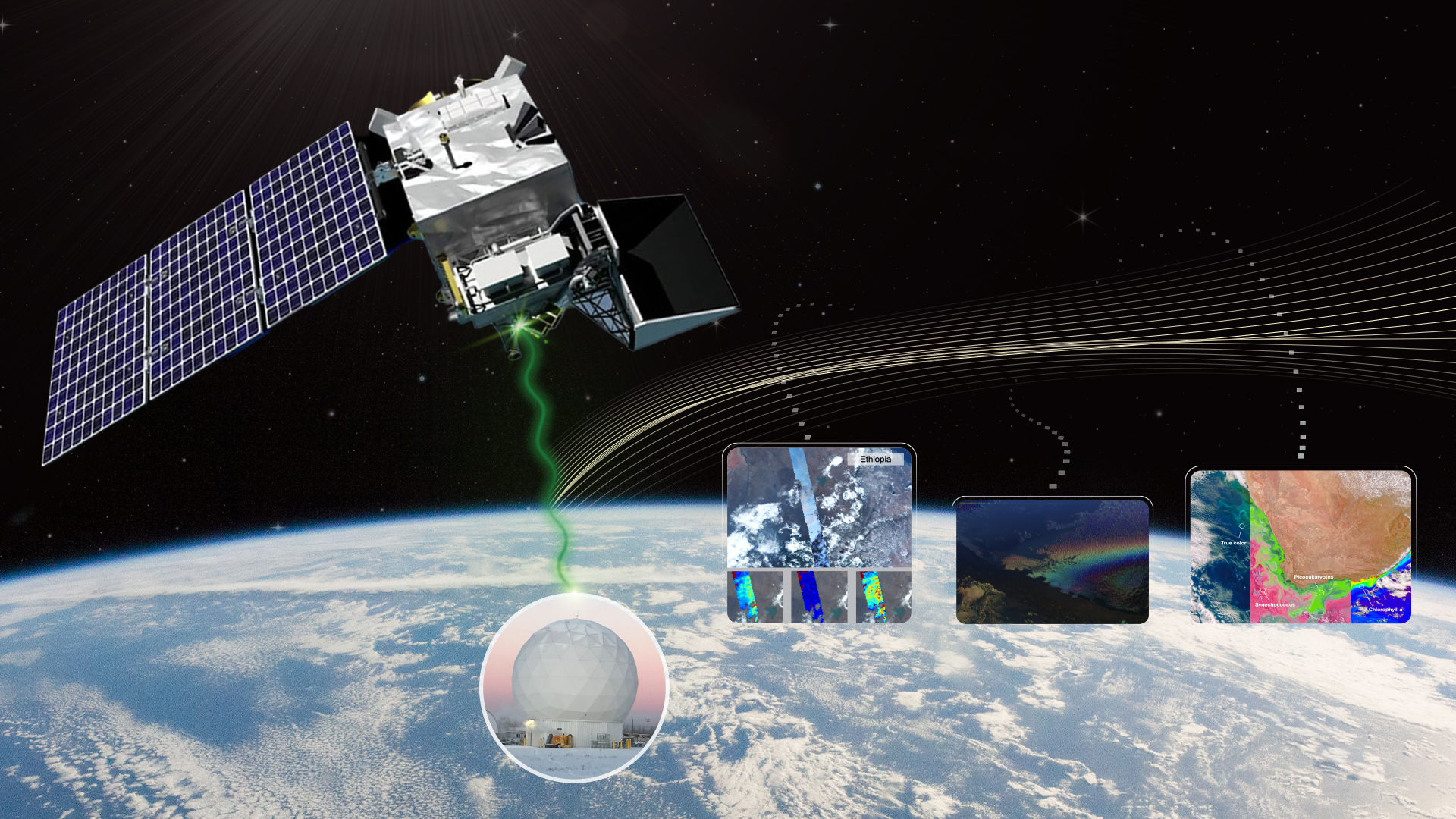5 min read
Astronomers gathering at the 231st meeting of the American Astronomical Society at National Harbor in Washington, D.C., will have a chance to learn about groundbreaking new research with NASA’s Hubble Space Telescope. The new science discoveries with the Earth-orbiting observatory stretch from nearby star-forming regions, to the heart of our Milky Way galaxy, to the horizon of the observable universe. All of these findings exploit the telescope’s extraordinary resolution, sensitivity, and broad wavelength capabilities to gather information about the universe from space-based observations.
Unprecedented Fly-through Combines the Visible and Infrared Vision of the Hubble and Spitzer Space Telescopes
By combining the visible and infrared capabilities of the Hubble and Spitzer space telescopes, astronomers and visualization specialists from NASA’s Universe of Learning program have created a spectacular, three-dimensional, fly-through movie of the magnificent Orion Nebula, a nearby stellar nursery. Using actual scientific data along with Hollywood techniques, a team at the Space Telescope Science Institute in Baltimore, Maryland, and the Caltech/IPAC in Pasadena, California, has produced the best and most detailed multi-wavelength visualization yet of the Orion Nebula. The two-minute movie allows viewers to glide through the picturesque star-forming region and experience the universe in an exciting new way.
Space Telescope Science Institute
More information and other visualizations: http://hubblesite.org/news_release/news/2018-04
Brown Dwarfs Everywhere
In an unprecedented deep survey for small, faint objects in the Orion Nebula, astronomers using Hubble have uncovered the largest population yet of brown dwarfs sprinkled among newborn stars. Brown dwarfs are more massive than planets but too small to generate energy like stars. Brown dwarfs provide important clues to understanding how stars and planets form, and may be among the most common objects in our galaxy. Astronomers used Hubble to identify them by the presence of water in brown dwarf atmospheres, that are so cold that water vapor forms. Water is a clear signature of substellar objects. The water signature cannot be easily seen from Earth, due to the absorbing effects of water vapor in our own atmosphere.

More information: https://media.stsci.edu/preview/news_release/news/2018-03
Archeology of the Milky Way’s Central Bulge
A new analysis of about 10,000 normal Sun-like stars in the central hub of the Milky Way reveals that our galaxy’s bulge is a dynamic environment of stars of various ages zipping around at different speeds. This conclusion is based on nine years’ worth of archival data from Hubble. This study of the complicated, chaotic heart of our Milky Way may provide new clues to the evolution of our galaxy and its merger with smaller satellite galaxies. Currently, only Hubble has sharp enough resolution to simultaneously measure the motions of thousands of Sun-like stars at the galaxy bulge's distance from Earth over time. Hubble gives a narrow, pencil-beam view of the galaxy’s core to unveil thousands more stars than those spotted in earlier studies.

More information: http://hubblesite.org/news_release/news/2018-01
Zoom Lens in Space Stretches Image of One of Farthest Galaxies Yet Seen
An intensive survey deep into the universe by NASA’s Hubble and Spitzer space telescopes has yielded the proverbial needle-in-a-haystack: the farthest galaxy yet seen in an image that has been stretched and amplified by a phenomenon called gravitational lensing. The embryonic galaxy named SPT0615-JD existed when the universe was just 500 million years old. Though a few other primitive galaxies have been seen at this early epoch, they have essentially all looked like red dots given their small size and tremendous distances. However, in this case, the gravitational field of a massive foreground galaxy cluster not only amplified the light from the background galaxy but also smeared the image into an arc. No other candidate galaxy has been found at such a great distance that also gives spatial information about the size and mass of such an embryonic galaxy.

More information: http://hubblesite.org/news_release/news/2018-02
Flickering Black Hole Caught by Hubble and Chandra
Astronomer using NASA’s Hubble and Chandra space telescopes have caught a supermassive black hole in a distant galaxy snacking on gas and then “burping” out light – not once, but twice. The galaxy under study, known as J1354, is about 900 million light-years from Earth. The supermassive black hole under study appears to have blasted out jets of bright light from gas it accreted. This happened twice in the past 100,000 years. While astronomers have predicted such objects can flicker on and off as a result of gas-feeding events, this is the first time one has convincingly been caught in the act. The black hole is being fed by material from the companion galaxy. The material swirls toward the center of J1354 and then is being devoured by the supermassive black hole.

More information: https://chandra.si.edu/photo/2018/j1354/
For more information about Hubble, visit:
Media Contacts:
Ray VillardSpace
Telescope Science Institute, Baltimore, Md
410-338-4514
Felicia Chou
NASA Headquarters, Washington, DC
Felicia.chou@nasa.gov
202-358-0257







